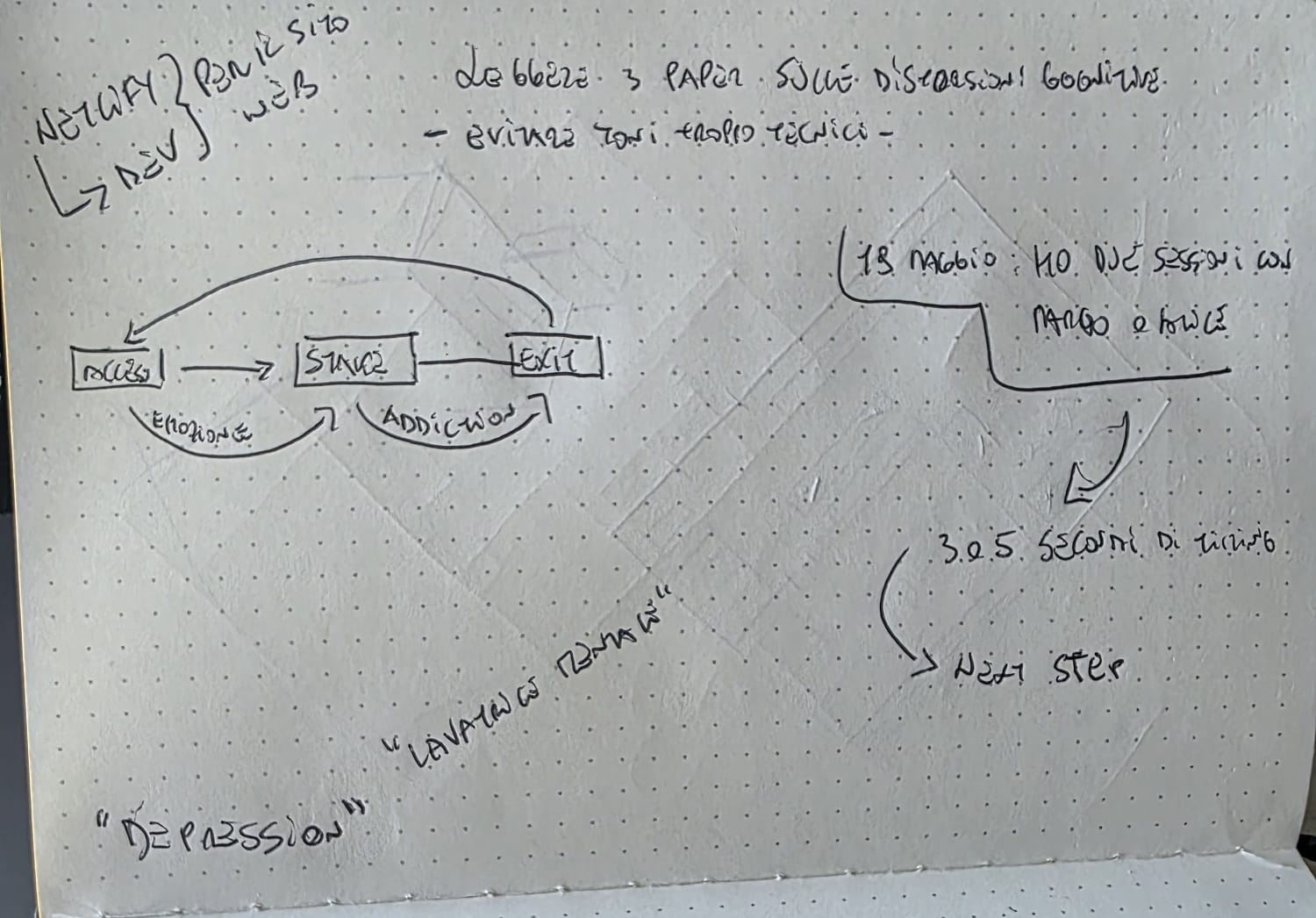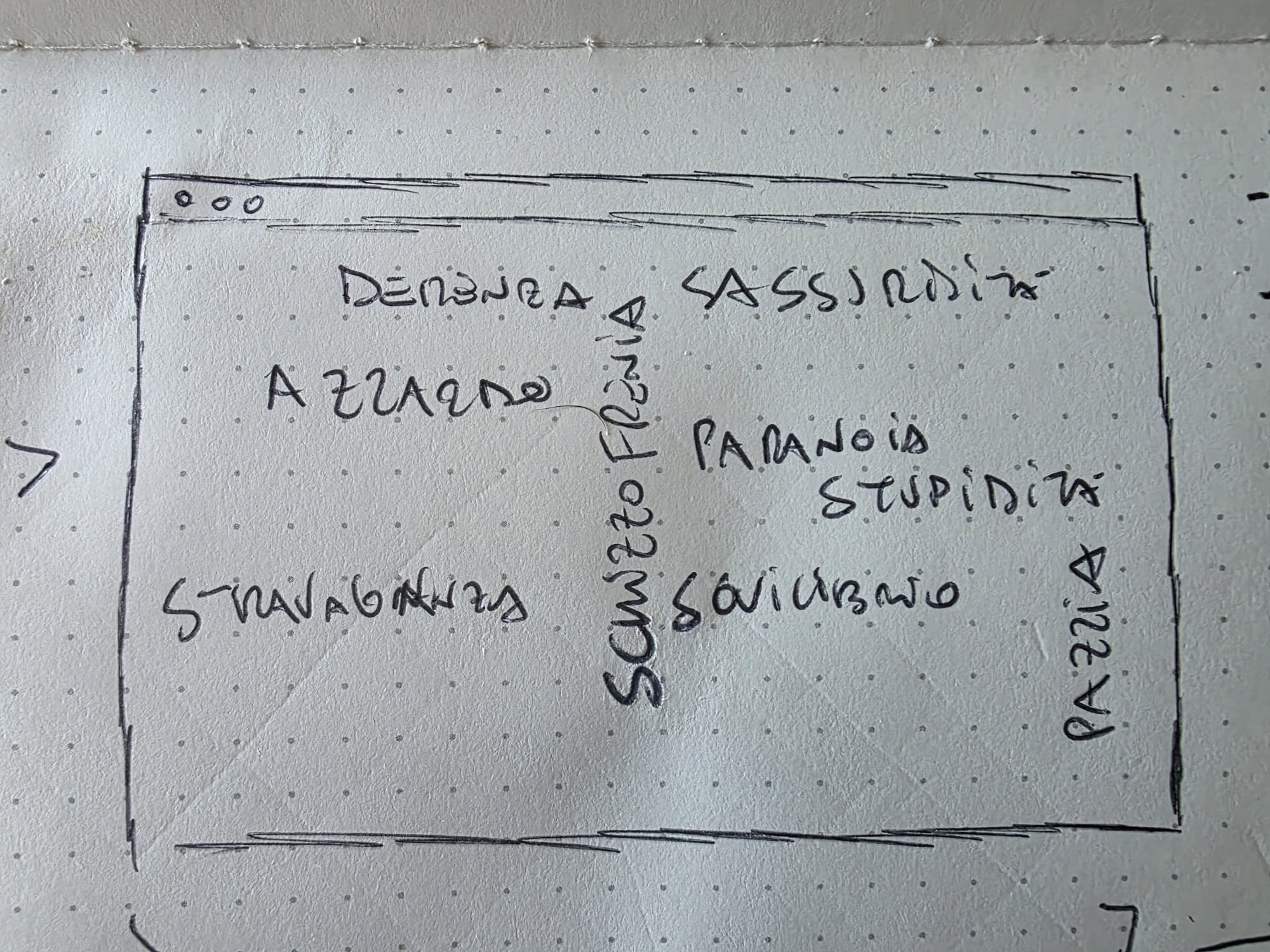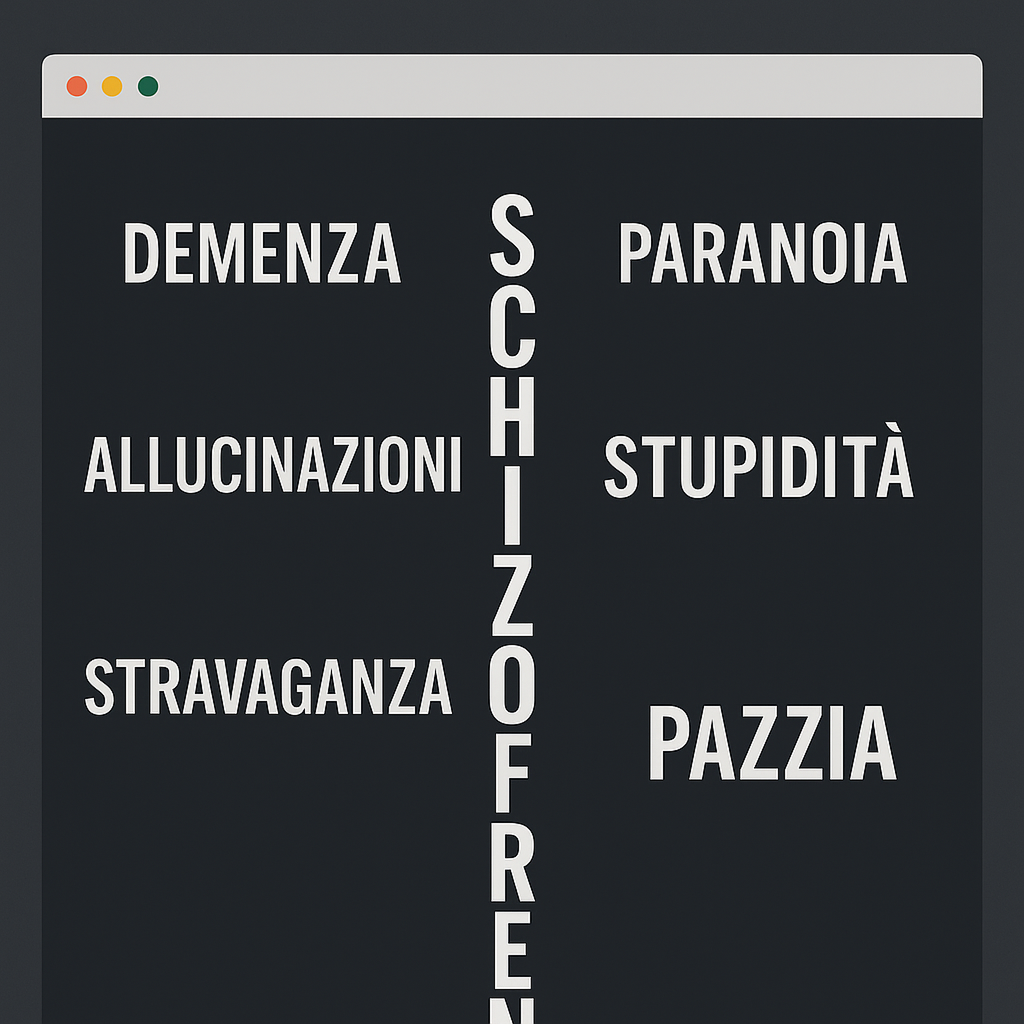Insanity.page
An Immersive Journey Through Mental Health

Project Overview
An academic Interaction Design project exploring the sensitive topic of mental illnesses. Insanity.page simulates a "brainwashing" experience by presenting different disorders through immersive web interactions. Built as a major Year-3 exam assignment, this project guided me through a full design process—from deep research to real-user validation—highlighting how digital storytelling can foster empathy and awareness.
Design Process
01. Research & Discovery
I conducted a comprehensive literature review of various mental health conditions, interviewed subject-matter experts, and mapped user attitudes toward awareness campaigns. This phase uncovered key insights about tone, language, and ethical considerations needed to present challenging content respectfully.

02. Ideation & Wireframing
Inspired by my research findings, I sketched multiple concept flows and interface layouts that balanced impact with sensitivity. Low-fidelity wireframes tested narrative pacing and interaction patterns, ensuring that users would feel both informed and supported as they navigated each "brainwashing" module.

03. UI Design & Prototyping
Building on approved wireframes, I crafted a cohesive visual system—selecting typography, color palettes, and iconography that evoke the emotional gravity of the subject. High-fidelity prototypes in Figma demonstrated animated transitions, micro-interactions, and responsive layouts for desktop and mobile.

04. User Testing & Iteration
I conducted moderated usability sessions with peers and mental health advocates, collecting feedback on clarity, tone, and emotional response. Iterative refinements improved navigation flow, adjusted contrast for accessibility, and fine-tuned content triggers to avoid overwhelming users.
Outcomes & Results
- Delivered a clickable web prototype that scored 95% on accessibility checks (WCAG AA)
- Achieved unanimous positive feedback on emotional resonance and ethical presentation
- Earned top marks (30/30) in my Interaction Design course for both design rigor and social impact
- Gained invaluable experience in handling sensitive content with user-centered methodologies
Reflections
Insanity.page challenged me to balance impactful storytelling with ethical responsibility. Here are a few key takeaways:
- Design: Crafting interactions that evoke genuine emotional responses taught me the power—and the responsibility—of digital media in shaping perception of sensitive topics.
- Ethical Storytelling: I learned to navigate content warnings, pacing, and tone to respect users' emotional safety while delivering a strong narrative impact.
- Cross-Disciplinary Collaboration: Interviewing mental health professionals and advocates illuminated the importance of stakeholder input in validating both accuracy and appropriateness.
- Iterative Mindset: Continuous user testing underscored that small tweaks (e.g., easing animation speed, clarifying copy) can dramatically improve both usability and emotional comfort.
- Future Directions: I'm excited to explore adaptive experiences that tailor content flow based on real-time user feedback, further enhancing accessibility and support for diverse audiences.
Visit the Project
Experience the interactive storytelling project firsthand and explore the intersection of mental health and digital art.